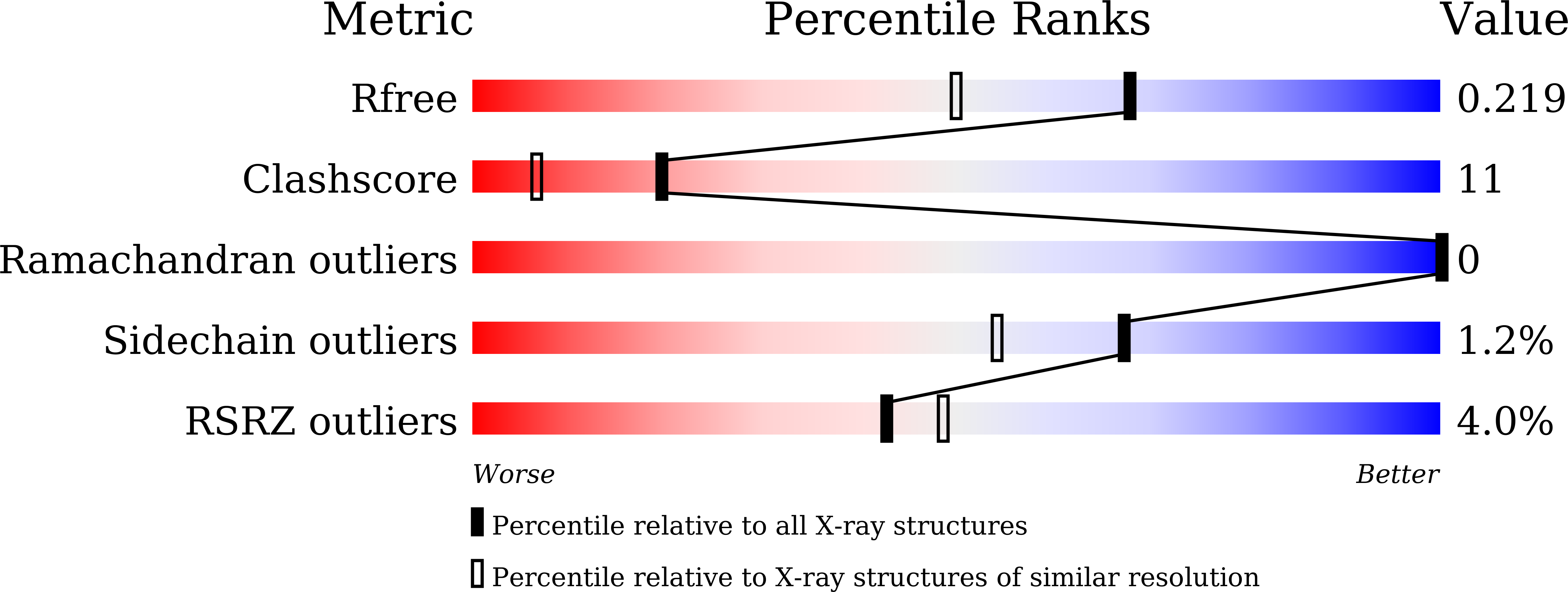
Deposition Date
2024-11-15
Release Date
2025-06-04
Last Version Date
2025-07-02
Entry Detail
PDB ID:
9KME
Keywords:
Title:
Crystal structure of soluble bacteriorhodopsin NeuroBR_A
Biological Source:
Source Organism:
synthetic construct (Taxon ID: 32630)
Host Organism:
Method Details:
Experimental Method:
Resolution:
1.76 Å
R-Value Free:
0.21
R-Value Work:
0.17
R-Value Observed:
0.17
Space Group:
P 21 21 21


